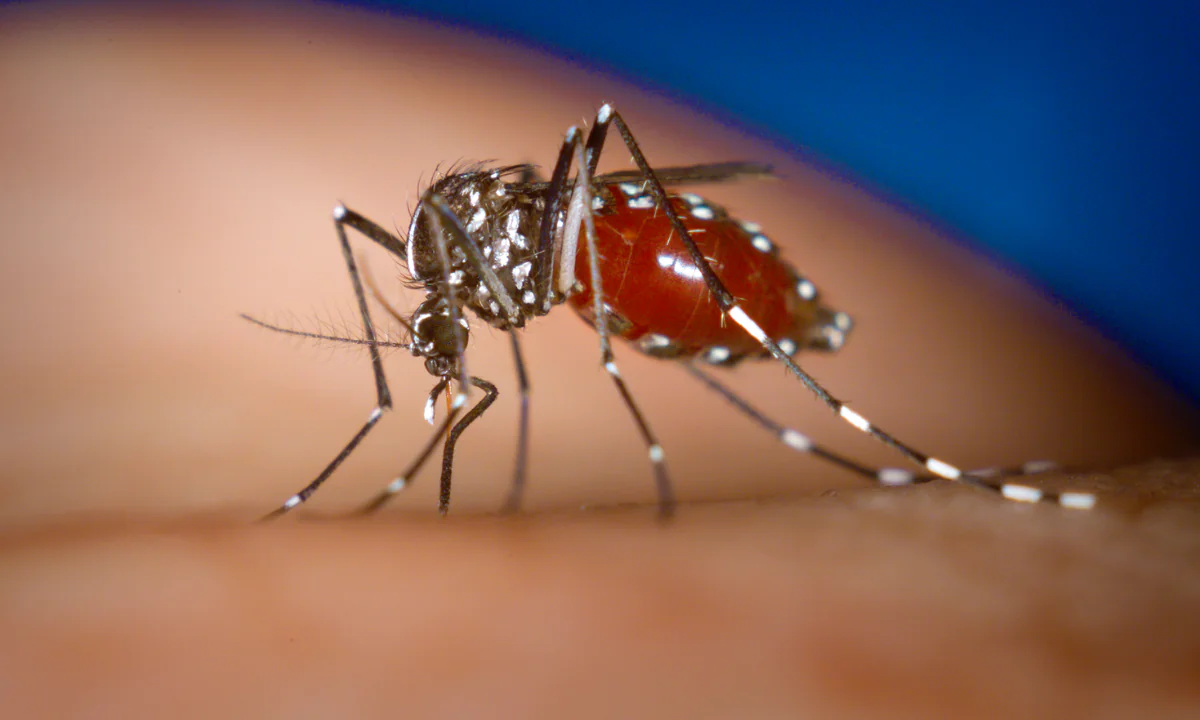
Dhanfadhi: Until a few years ago, mosquitoes were predominantly limited to the Terai districts, sparing the hilly and mountainous regions. However, recent years have witnessed a change in this pattern. Even the tranquil landscapes of the hill and mountain districts are now witnessing an upsurge in mosquito-borne diseases, including the transmission of dengue infection, which was once confined to the Terai region.
Mosquito species responsible for transmitting dengue have made their presence felt in the mountain districts as well. Reports indicate the widespread prevalence of dengue infections across all districts of Sudurpaschim, with the mountain district of Darchula being significantly impacted. Hemraj Joshi, the contact person for insect disease control at Sudurpaschim Province Health Directorate, highlighted that the highest number of dengue cases has been recorded in Darchula among all nine districts in the province.
Sudurpaschim Province includes the mountain districts such as Darchula, Bajhang, and Bajura. Unfortunately, the dengue infection has spread across all these regions. Dengue patients are now found in both mountain and Terai districts of Sudurpaschim. Surprisingly, mosquitoes carrying the dengue-causing virus have been identified in Vyas Rural Municipality of Darchula, an area that experiences freezing temperatures for six months of the year.
The incidence of dengue infection in Sudurpaschim Province is currently higher in the mountain districts compared to Terai districts. Dal Bahadur Bohra of Darchula noted the unexpected prevalence of mosquitoes in the hilly and mountainous areas, acknowledging that while the presence of mosquitoes in the mountains was unheard of earlier, they are now more prominent there than in the Terai.
According to provincial health directorate data, Sudurpaschim Province has reported 540 cases of dengue infection. Among these, 194 cases are from Darchula, 32 from Bajura, and 12 from Bajhang. Additionally, 52 cases have been identified in Achham, 15 in Doti, nine in Dadeldhura, and six in Baitadi. Terai districts Kailali and Kanchanpur have recorded 125 and 95 cases, respectively. Fortunately, no death from dengue infection has been reported in the province this year.
Hemraj Joshi explained that dengue infection typically occurs from the Nepali months of Shrawan to Kartik, spanning approximately two and a half to three months. This period is considered high-risk for dengue transmission. Dengue infection, which initially surfaced in Nepal in 2061 BS, escalated to epidemic proportions by 2063 BS.
Joshi further revealed that dengue cases were first reported in Sudurpaschim in 2067 BS. He noted the onset of dengue infection in the hill and mountain districts of the province four years ago. In the preceding year, the province witnessed a dengue epidemic resulting in four fatalities. This outbreak claimed lives in Kailali, Kanchanpur, and Achham.
Experts attribute dengue infection to the bite of Aedes aegypti and Aedes albopictus mosquitoes, both of which inhabit Sudurpaschim. Dr Shubhesh Raj Kayastha highlighted the emergence of mosquito bites leading to diseases such as dengue in the hilly and Himalayan regions only four or five years ago. Climate change effects and increased human movement have led mosquitoes to migrate from Terai to the mountain and hill districts of the country.
Symptoms of dengue infection include fever, joint pain, headache, back pain, sore throat, loss of appetite, nausea, and skin rashes. Severe cases may also cause bleeding gums, nosebleeds, blood in urine, throat pain, vomiting, and difficulty breathing. It is advised to consult a doctor immediately upon experiencing symptoms, as mismanagement of treatment can lead to severe consequences, including fatalities.
Comments